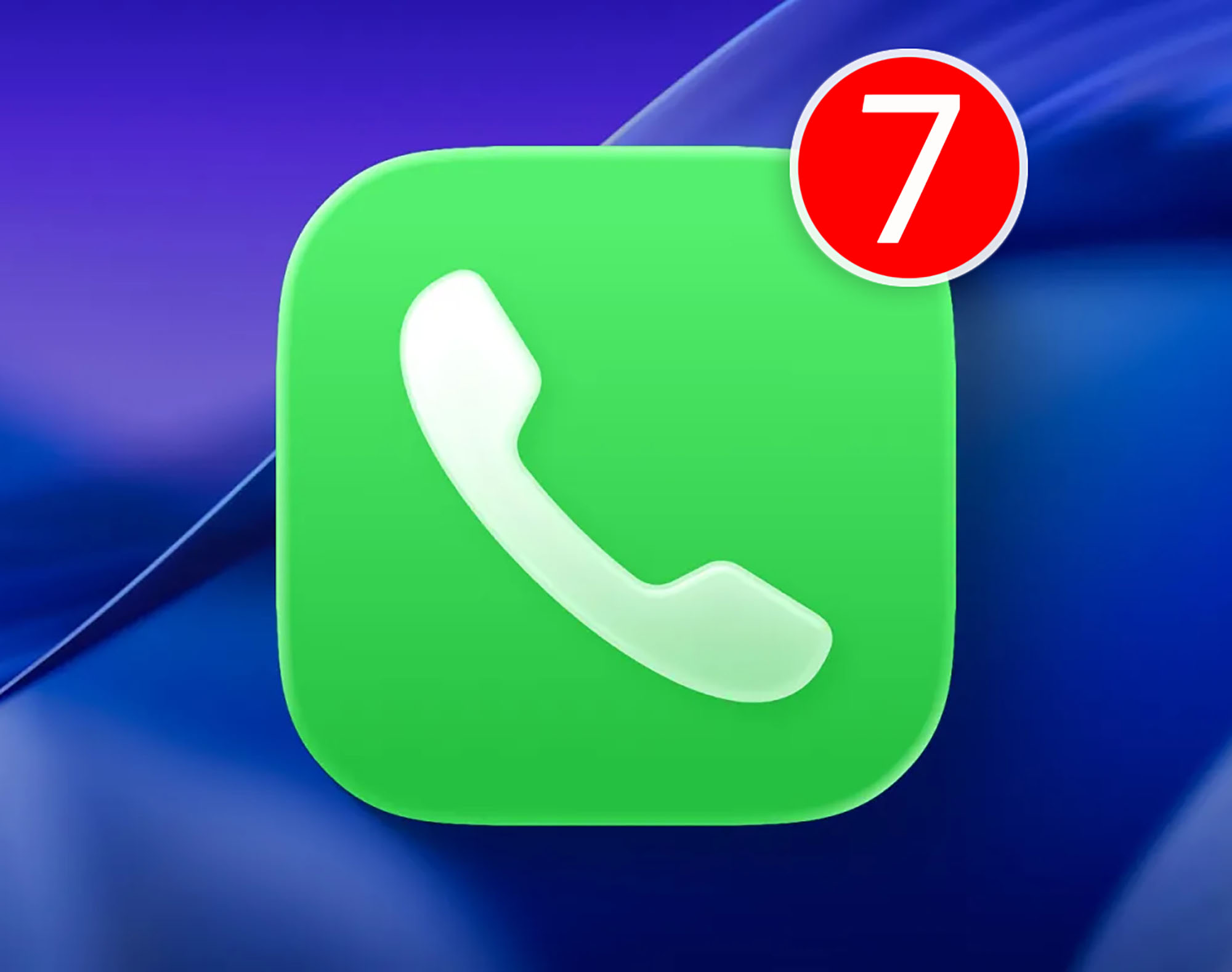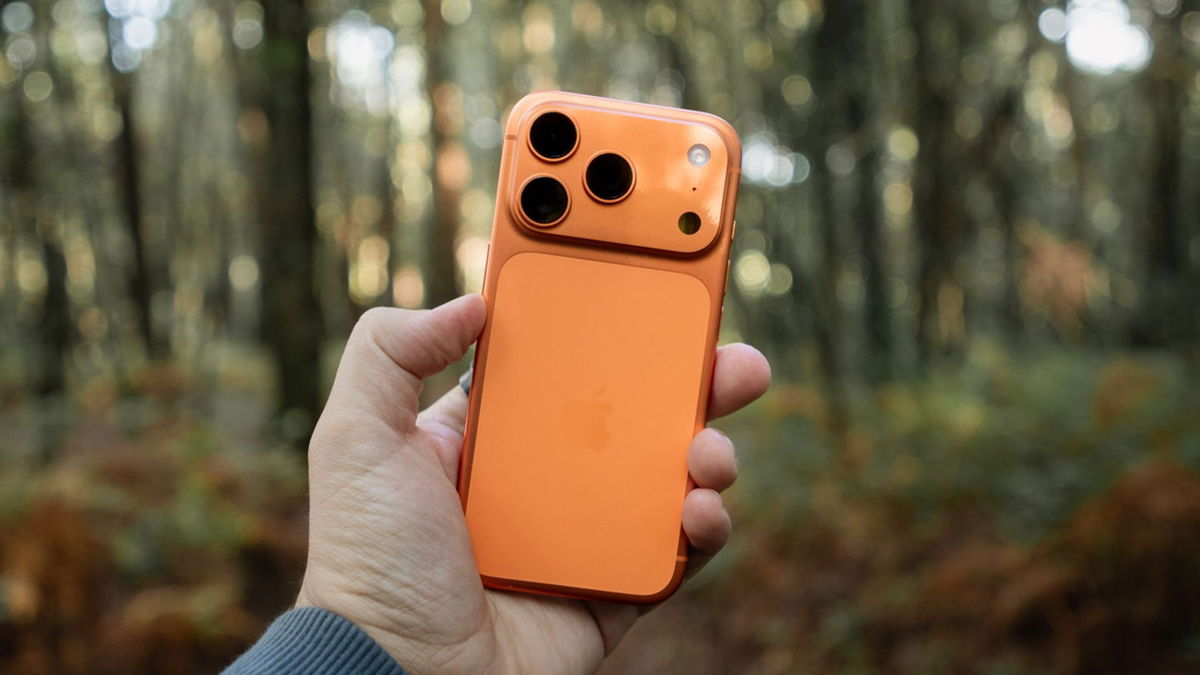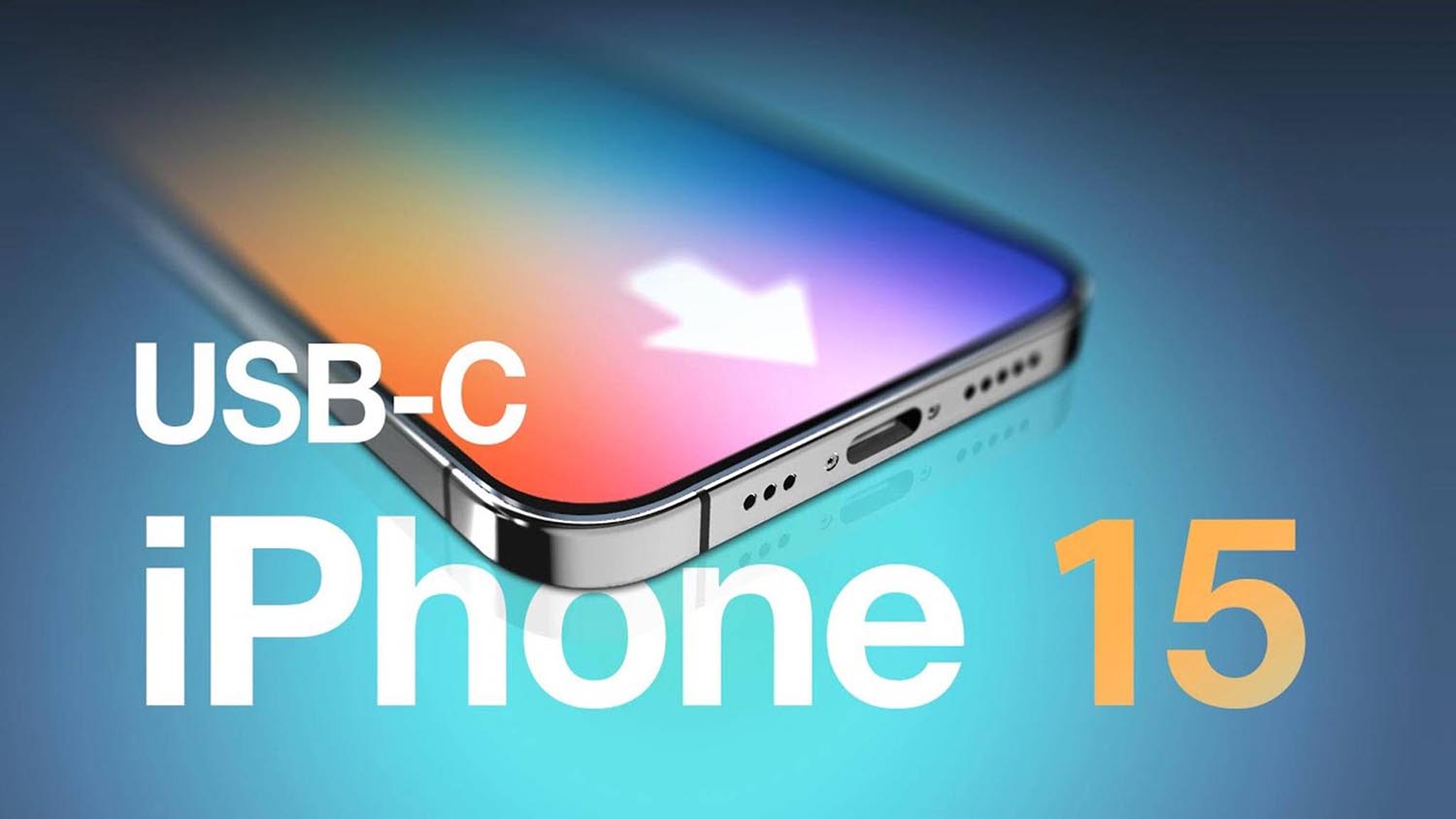The EU government has obliged manufacturers of mobile devices, tablets, game consoles, cameras, headsets and other gadgets to use USB Type-C as a single port for wired charging. This needs to be done until December 28, 2024. This only applies to new devices that will be sold after this date.
Most likely, it is for this reason that Cupertino has in recent years transferred all lines of shared tablets to connectors. Type-C. The same thing will probably happen to the iPhone this fall.
Topic: Here is everything that Apple will show at the presentation on September 12. We are waiting not only for the iPhone 15
The new universal connector only looks from the outside, but on the inside it can meet different characteristics and suit different applications. Analysts believe that even the “tag” line will use different characteristics for Type-C ports. Basic models iPhone 15 can provide data transfer speed up to 10 Gbit/sA iPhone 15 pro – up to 40 Gbit/s.
Now let’s look at all the subtle standards USB Type-C.
What data transfer rate can Type-C support?
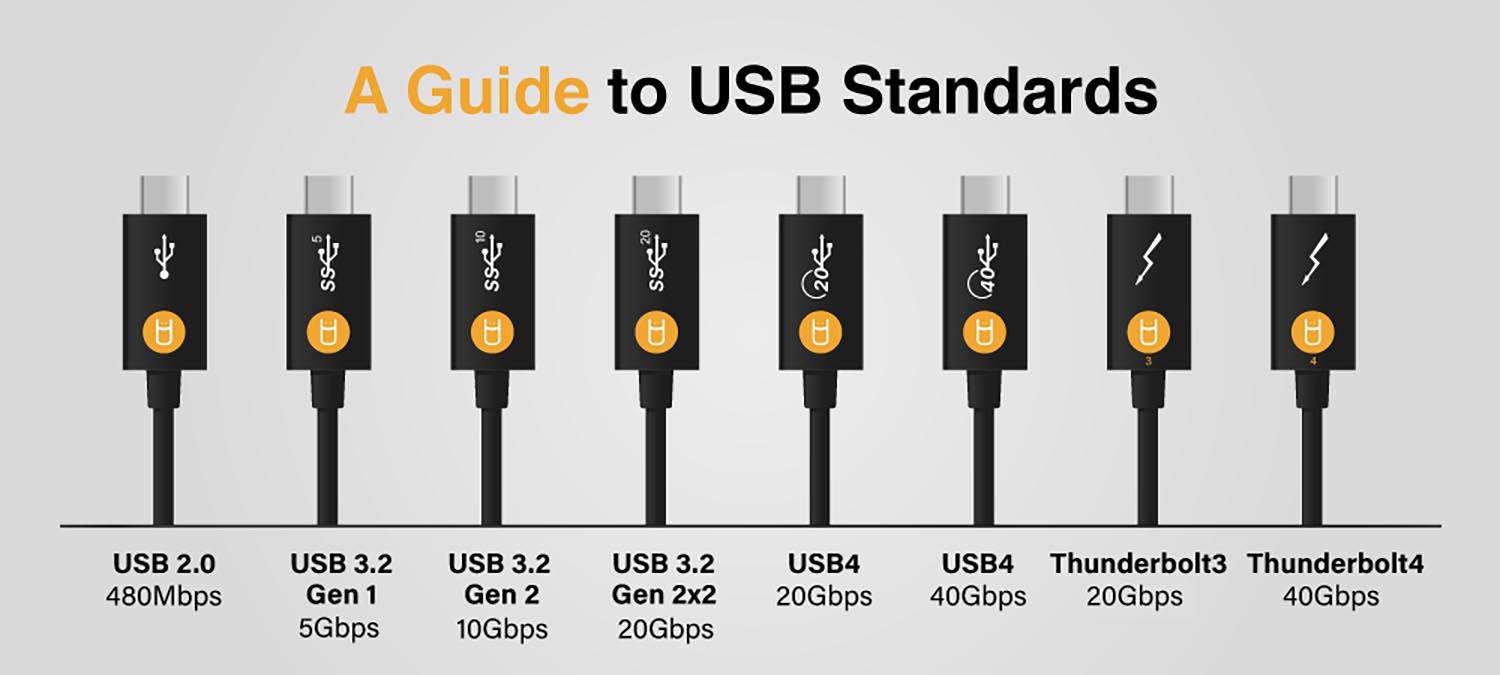
Depending on the specifications, the connector can transmit data at the following speeds:
▶ USB 2.0: up to 480 Mbit/s;
▶ USB 3.0: up to 5 Gbit/s;
▶ USB 3.1/3.2: up to 10 Gbit/s;
▶ Thunderbolt 3: up to 20 Gbit/s;
▶ Thunderbolt 4: up to 40 Gbit/s;
▶ USB 4: up to 40 Gbps.
Topic: Everything you need to know about USB4. Speed, compatibility and features
Already, buyers are installing ports with different specifications in the iPad line, although they look the same in appearance. This is how the basic 10th generation iPad is installed Type-C with support for characteristics USB 2.0 and tablet data can only be transferred at speeds up to 480 Mbps.
This iPad Pro model is faster Type-C with specification support USB 4 And Thunderbolt 4 speed up data transfer up to 40 Gbit/s.
What other characteristics can the Type-C connector support?
In addition to the data transfer rate, the Type-C connector can support a different set of accessories. Their list also depends on the characteristics of the connector. Here are the most common options:
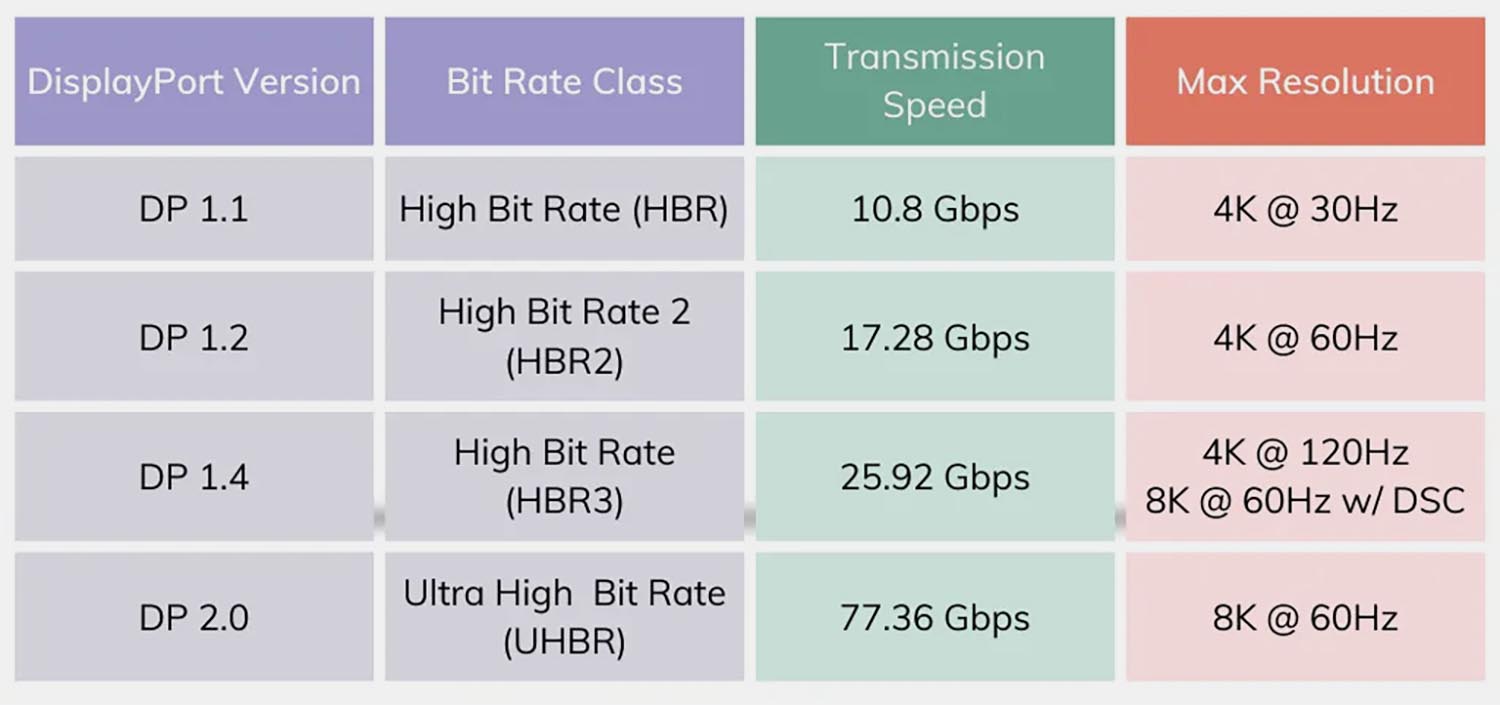
▶ DisplayPort – standard for image transmission. It also has several different solutions that affect the maximum image resolution, refresh rate, and throughput.
▶ High Definition Mobile Link (MHL) is a standard that includes HDMI capabilities for image output and microUSB for data transfer.
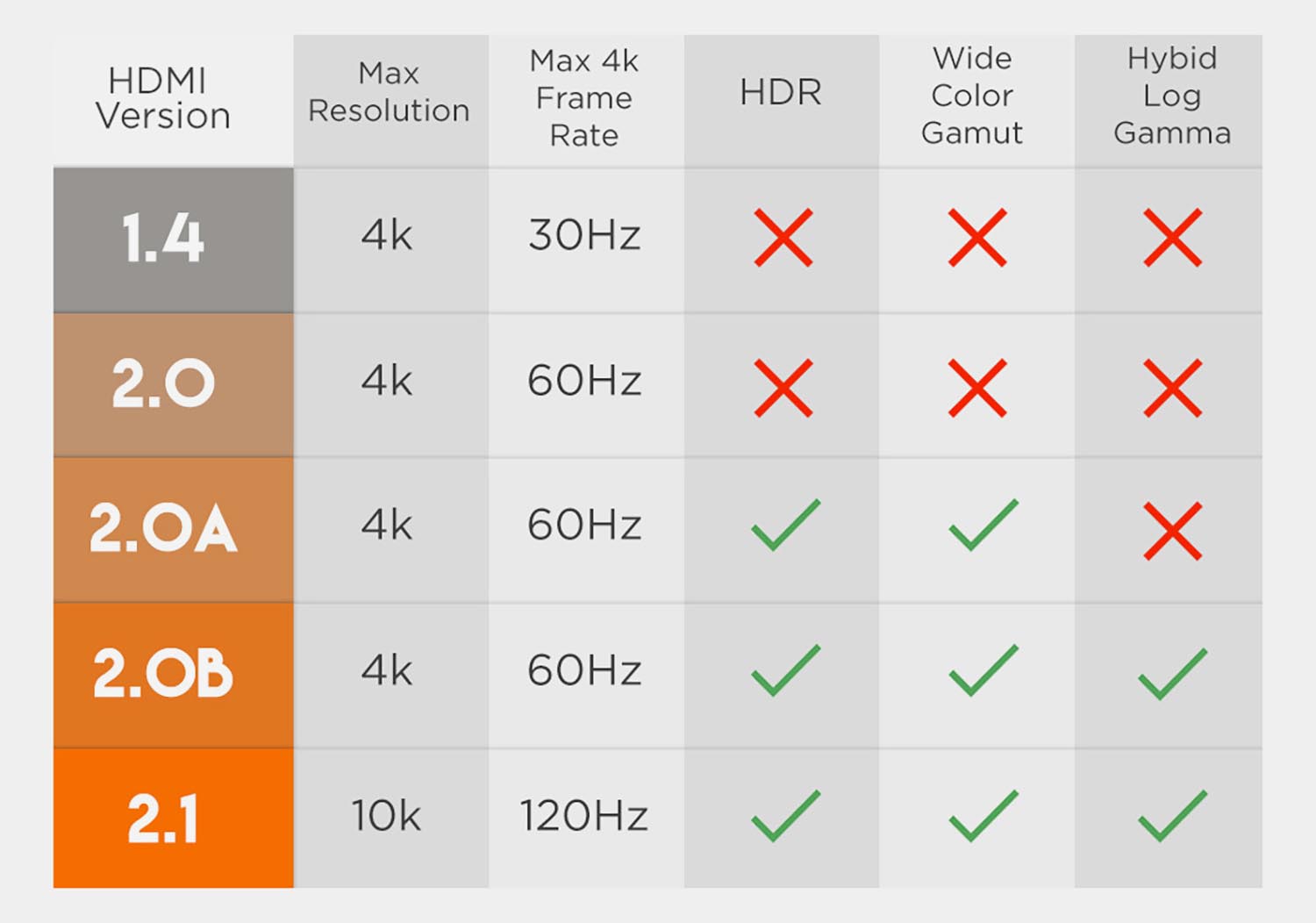
▶ HDMI – to obtain an image with 12 specification options, which determine the resolution, frequency, color depth and other parameters of the image or sound.
▶ Thunderer 3/4 – to obtain an image.
▶ Ethernet – for wired data transmission.
▶ Audio jack – to receive sound.
With this connection, the Type-C connector operates in an alternative mode, and the data contacts are used for other tasks.
What else is important to remember about the Type-C standard
![]()
Support for the required characteristics must be ensured not only by the new smartphone and accessories, but also by the cable used to connect them. Otherwise it will be narrow and the data transfer rate will limit its capabilities. If you intend to display the image on a large screen that does not support HDMI or Thunderbolt, then the image will not be transmitted through it.
If you connect iPad Pro With MacBook using the cheapest cable that supports USB 2.0, then it will not give a speed higher than 480 Mbit/s. Such a good Type-C cable with support for a wide range of characteristics will be worth its weight in gold.
Everything shown above will be relevant for users who will at least slightly improve the capabilities of the new iPhone with the help of accessories and peripherals. For most owners of a new gadget, recharging will only be important, and almost any Type-C cable can handle it.
Source: Iphones RU
I am a professional journalist and content creator with extensive experience writing for news websites. I currently work as an author at Gadget Onus, where I specialize in covering hot news topics. My written pieces have been published on some of the biggest media outlets around the world, including The Guardian and BBC News.

